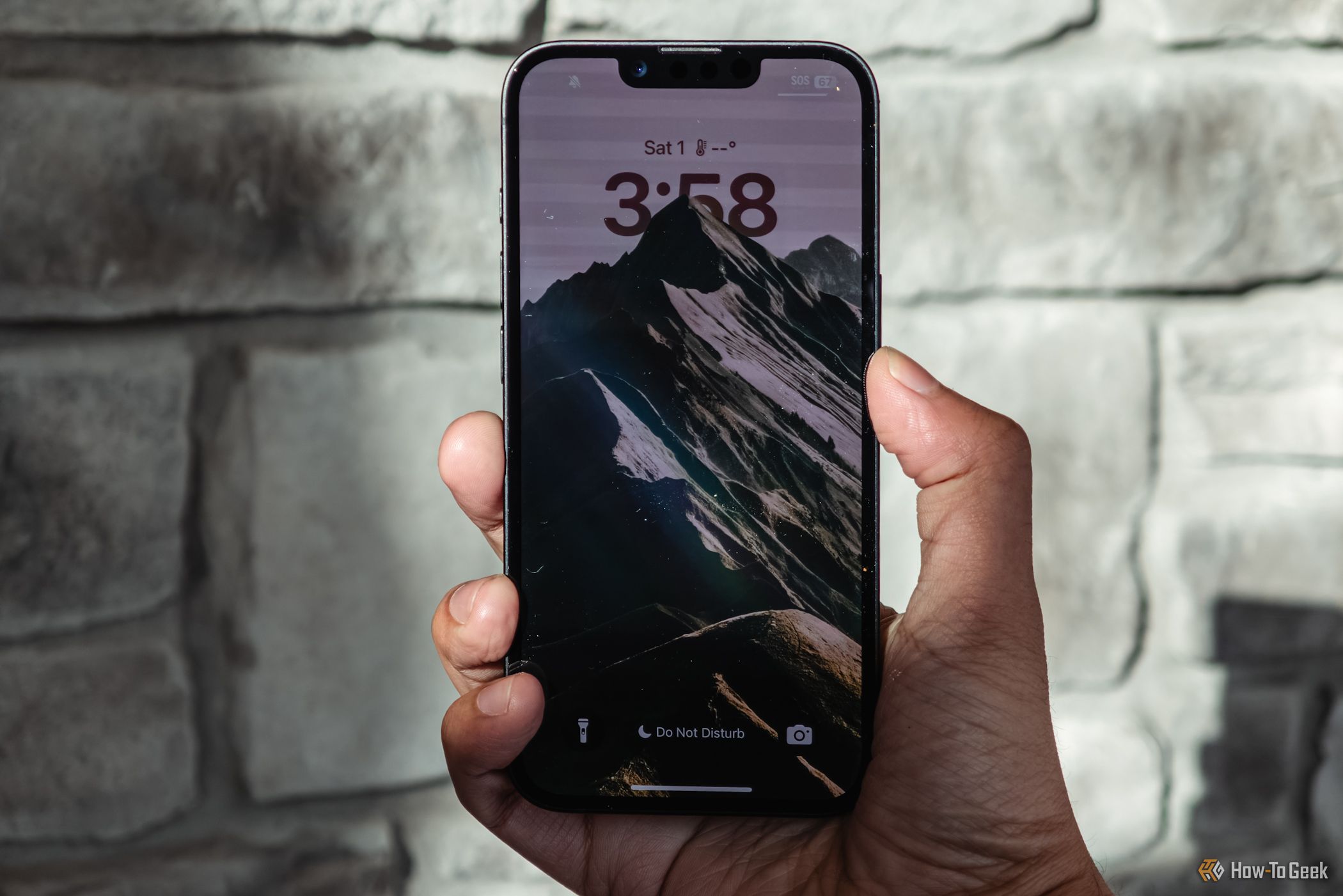How to remove adware from an Android device

Android’s open nature allows you to install apps outside the Google Play store, but that openness puts you at greater risk of compromising your device with things like viruses, malware, and adware. While sticking to the Play Store might be good practice, it won’t guarantee that you’ll never be infected.
In this post, we go over what adware is, how it works, how to know that you’re infected, and finally, how to remove adware from your Android device.
What is adware?
Adware is a malicious app that is typically downloaded without your knowledge and displays unwanted ads on your device, often through pop-up windows, banners, and redirects in your web browser. The overwhelming majority of adware programs are browser hijackers that modify your web browser settings without your knowledge or consent.
Adware can find its way onto your device by disguising itself as a legitimate app that you download and install. Or it could be that the adware code is piggybacking on an otherwise legitimate app. Perhaps you visited a website that prompted you to download an “antivirus” to “fix” a nonexistent issue on your device. It could also be a bug in your web browser’s code being exploited to load adware onto your device. Whatever the case, you end up with malicious code on your device. And then the fun begins.
Once installed on your device, depending on the type of adware, it will start executing various undesirable tasks. Its primary function will be to bombard your device with ads, generating revenue for the attacker in the process. While adware can appear more of a nuisance than anything else, consider that adware could also track your location and web history and funnel that information to the entity behind the adware, and they’re likely to sell it to the highest bidder.
Most adware is browser-agnostic, so it doesn’t matter which browser you use. If you’re infected with adware, your browser will misbehave.
How do you know you’re infected with adware?
While the tell-tale sign of an adware infection is a barrage of ads displayed in your browser, there may be other signs, and different adware can be designed for various purposes.
Here are some other common red flags to look out for:
- Ads are displayed where they shouldn’t be
- You notice apps on your device that you never installed
- Your web browser’s homepage has changed
- Your default search engine has changed
- Web pages don’t display properly
- Your device’s battery is constantly being drained
- Your device gets very hot with light use
- You’re redirected to different websites when clicking links
- Your web browser becomes increasingly slow
- Your data usage is higher than usual
- You notice toolbars, extensions, or plugins that you never installed in your web browser
- Your web browser repeatedly crashes
Related: How to check for viruses on Android
How to remove adware from an Android device
Okay, you’ve determined that your device is infected with malware, and you want to remove it. There are two ways of doing this: manually or automatically (using a third-party app). Sometimes, manual removal isn’t an option, and a third-party app is your only option. In any case, we’ll provide instructions for both methods so you can stop pop-up ads on your Android device.
Rebooting your device in safe mode
If your device is behaving erratically, such as constantly displaying pop-up ads or otherwise hindering its use, then you should reboot your device in safe mode. Safe mode is a restrictive boot mode that only loads native apps and functionality. All third-party apps (which should include the adware) are disabled.
- Press and hold your device’s power button. The Power menu is displayed.

- Long-press the Power off button. The Safe mode confirmation dialog is displayed.

- Click the Safe mode button. Your device will reboot in safe mode.
How to remove adware from an Android device manually
Manually removing adware requires you to run through the list of your installed apps to find any suspicious or unfamiliar apps that you don’t remember installing and delete them. This won’t help you if the adware was installed by exploiting a bug in your browser app. But if the adware came from a malicious app that was explicitly installed on your device, then you should be able to remove it this way.
- Launch the Settings app and select Apps. The Apps menu is displayed.

- Select App management. The App management menu is displayed.

- Scroll to and select the suspicious/unwanted app. I will use Facebook in this example. Despite its questionable privacy practices and advertising-based business model, the Facebook app isn’t adware. Once selected, the App info menu is displayed.

- Click Uninstall to remove the offending app.

Removing adware automatically
As stated above, removing malware automatically requires using a third-party app. Unlike iOS, Android allows for antivirus scanning and removal, so there are a few antivirus apps that can get rid of adware for you. I would recommend ESET Android Security, MalwareBytes Mobile Security, or BitDefender Mobile Security, but there are others.
Here’s how to remove adware from an Android device automatically using a third-party app:
- Download your preferred antivirus app from the Google Play Store.
- Install the selected antivirus app on your device.
- Launch the antivirus app and follow the on-screen setup instructions.
- Once set up, run a full scan of your Android device.
- The antivirus app will find and remove the adware from your device.
Last resort adware removal
If you’re unable to locate a malicious app on your device and automatic removal with an antivirus doesn’t work either, your only option is to reset your Android device to factory settings. This deletes all data and settings from your device (including the adware). So, back up any critical data selectively before doing this.
I stated “selectively” above because if you do a full backup of your device and restore that backup after the factory reset, you’ll be reinstalling the adware back onto your device. Back up the files you need and upload them back onto your device after the reset.
To factory reset your Android device:
- Launch the Settings app and scroll down to and select System. The System menu is displayed.

- Select Reset Options. The Reset Options menu is displayed.

- Select Reset All Data (factory reset).

- You’re prompted to confirm the reset. Click Erase all data.

- You’re prompted to confirm a second time. Click Erase all data.

- All your data will be erased, and your device will reboot to factory state.
How to avoid adware on Android
Here are some common-sense tips on steering clear of adware.
- Make sure to update your device and apps as soon as updates become available. This way, you’ll have the latest security patches, reducing your odds of harboring a bug that could be exploited by adware.
- Install an antivirus app from a reputable vendor and keep it up to date.
- Take a conservative approach when granting app permissions. You’re better off being under-permissive than over-permissive.
- Avoid clicking on ads.
- Unless you’re tech-savvy and know what you’re doing, avoid rooting your device.
- Only download apps from trusted sources. Stick to the Google Play Store or websites you know and trust.
- Enable Google Play Protect in the Google Play Store: a feature that, among other things, will scan your device’s apps for signs of malware. Here’s how you enable it:
Enabling Google Play Protect
- Launch the Google Play Store app and click on your account icon at the top right. This displays your Account menu.

- Select Play Protect. The Play Protect main menu is displayed.

- Click the Gear icon at the top right. The Play Protect Settings menu is displayed.

- Enable the toggle next to Scan apps with Play Protect Play Protect can scan this device and warn you about harmful apps. Play Protect is now enabled on your device.

- For added privacy, you can disable the Improve harmful app detection – Send unknown apps to Google for better detection toggle.

Wrapping up
Adware might seem like more of an annoyance than a serious infection. But your device is compromised, and an adware infection can lead to much more serious issues than simply being thrown multiple ads in quick succession. So, it’s better to err on the side of caution. The above tips will give you a good line of defense. And now you know how to get rid of adware should it slip through.
As always, stay safe.
See also: How to remove ads on mobile games
Source link











